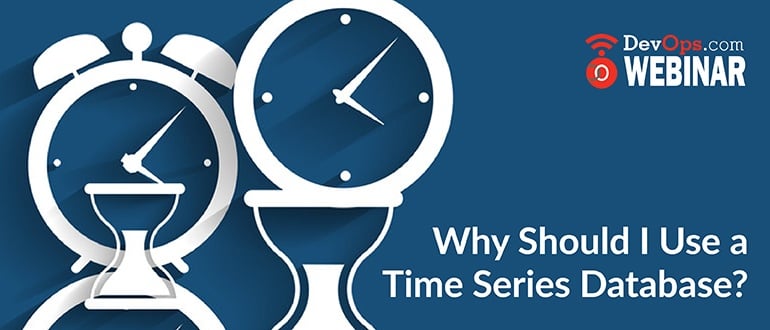
It provides an adaptive query processing engine to quickly analyze data, automatically summarize, retain, layer and compress data. Timestream is applicable in scenarios such as IoT and application operations.
#Time series database series
The following figure shows the rankings of time series databases by popularity in 2018 and the changing trends over the past five years. The Development Status Quo of Time Series DatabasesĬurrently, DB-Engines collects and ranks time-series databases separately. These time-series databases usually have more advanced data processing capabilities, more efficient compression algorithms, and storage engines that are more compliant with features of time series data.įor example, InfluxDB features the time-based TSMT storage, the Gorilla compression, and window functions like p99, rate, and automatic rollup.Īt the same time, due to the separation of indexing in the architecture, these databases still face lots of challenges in expanded timelines, disorder, or other similar scenarios. Data storage engines with time-series features (InfluxDB is a typical example) are emerging and growing more important in the market. The high-performance and low-cost vertical time-series database were developed. With the development of Docker, Kubernetes, microservices, and other technologies, the development expectations of IoT are getting stronger and stronger.Īs data continuously grows over time, time-series data is one of the fastest-growing data types. However, it also has many shortcomings, such as the inefficient global UID mechanism, uncontrollable loading of aggregated data, and the inability to process high-cardinality tag queries. In addition, these databases have many innovations targeting time series in data models and aggregate analysis.įor example, OpenTSDB inherits the wide table of HBase, features the design of an offset storage model for time series and uses salt to alleviate the hot spot problem. These time-series databases inherit the advantages of general-purpose databases and use the characteristics to avoid the disadvantages of general-purpose storage. These databases include OpenTSDB and KairosDB. Time series databases can efficiently store and process time-series data by time intervals. With the development of big data and Hadoop, the time series data volume begins to grow rapidly, and system services put more requirements on processing time-series data, for example, higher scalability.ĭedicated time-series databases based on general-purpose storage began to appear. Time Series Database Based on General-Purpose Storage These systems are usually embedded in monitoring and alerting scenarios. Systems like RRDTool and Whisper usually process simplex data models and have limited standalone capacity. Simple storage tools based on flat files are the preferred storage for this type of data. The first-generation time series data is typically derived from the monitoring field. The First-Generation Time Series Data Storage SystemĪlthough general-purpose relational databases can store time-series data, they cannot process time-series data very efficiently due to a lack of optimizations for a time like storing and retrieving data by time intervals.

The other is discrete sampling, such as website access. One is the periodic time sampling frequency, such as the periodic summary metrics related to server performance.

Timestamp: In general business scenarios, the timestamp mainly reaches the precision level of seconds and milliseconds.

It can be divided into three aspects: time series features, data features, and database features. The above is the definition of the time-series database on Wikipedia.
#Time series database software
A time-series database (TSDB) is a software system that is optimized for handling time series data, arrays of numbers indexed by time (a datetime or a datetime range)


 0 kommentar(er)
0 kommentar(er)
